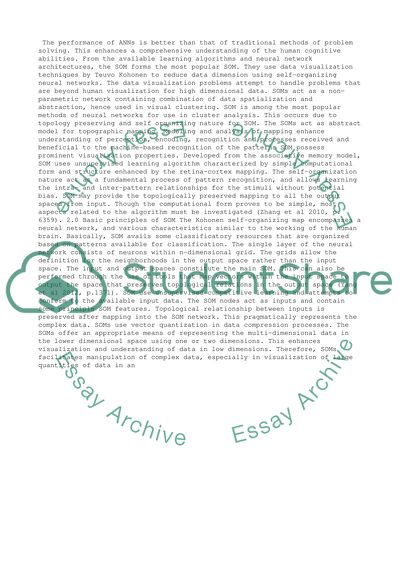Cite this document
(“Self Organizing Maps (SOM) Research Paper Example | Topics and Well Written Essays - 2750 words”, n.d.)
Self Organizing Maps (SOM) Research Paper Example | Topics and Well Written Essays - 2750 words. Retrieved from https://studentshare.org/management/1488569-self-organizing-maps-som
Self Organizing Maps (SOM) Research Paper Example | Topics and Well Written Essays - 2750 words. Retrieved from https://studentshare.org/management/1488569-self-organizing-maps-som
(Self Organizing Maps (SOM) Research Paper Example | Topics and Well Written Essays - 2750 Words)
Self Organizing Maps (SOM) Research Paper Example | Topics and Well Written Essays - 2750 Words. https://studentshare.org/management/1488569-self-organizing-maps-som.
Self Organizing Maps (SOM) Research Paper Example | Topics and Well Written Essays - 2750 Words. https://studentshare.org/management/1488569-self-organizing-maps-som.
“Self Organizing Maps (SOM) Research Paper Example | Topics and Well Written Essays - 2750 Words”, n.d. https://studentshare.org/management/1488569-self-organizing-maps-som.


